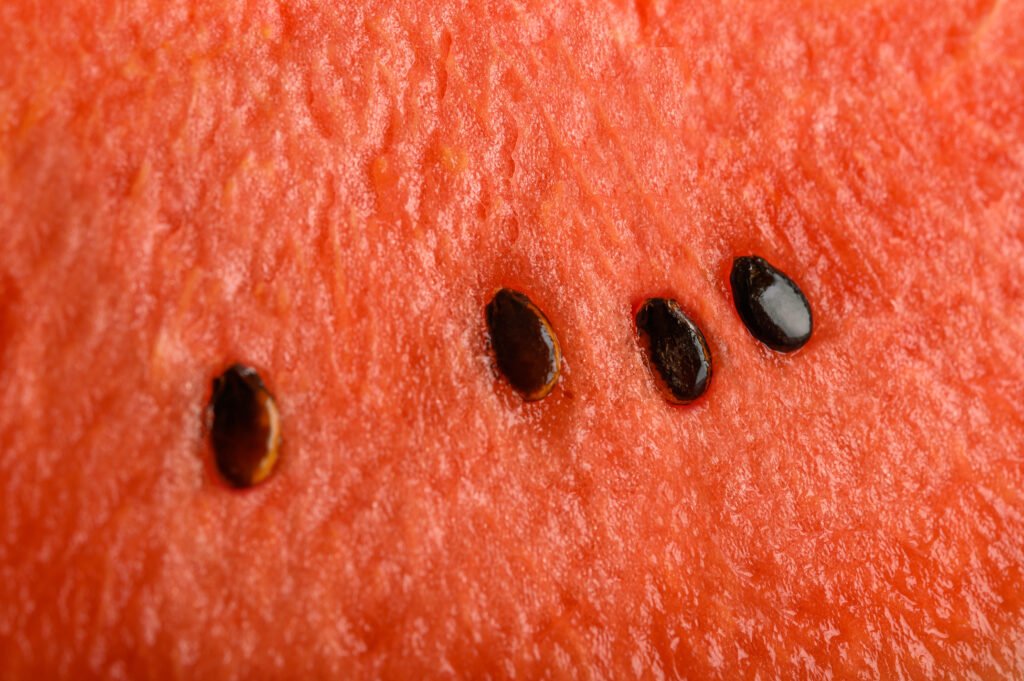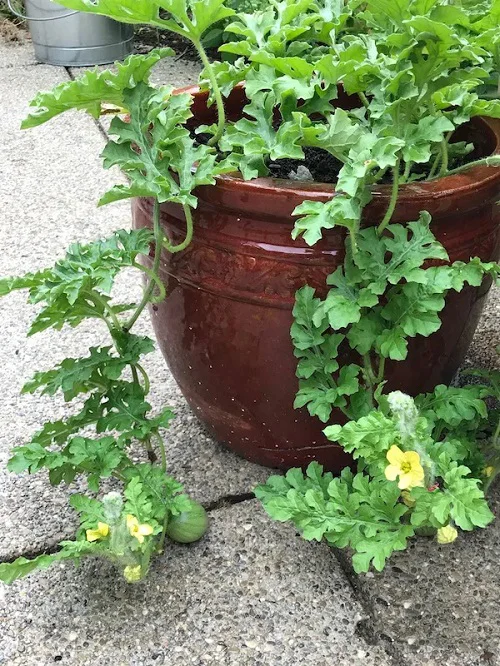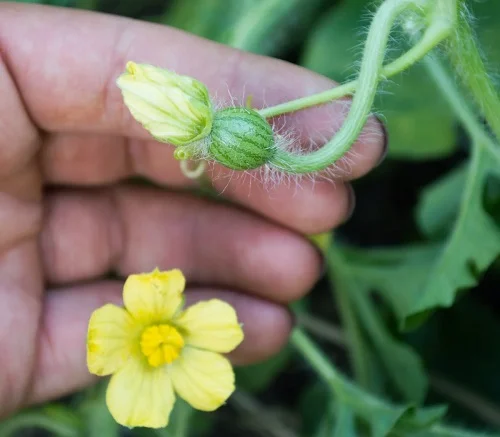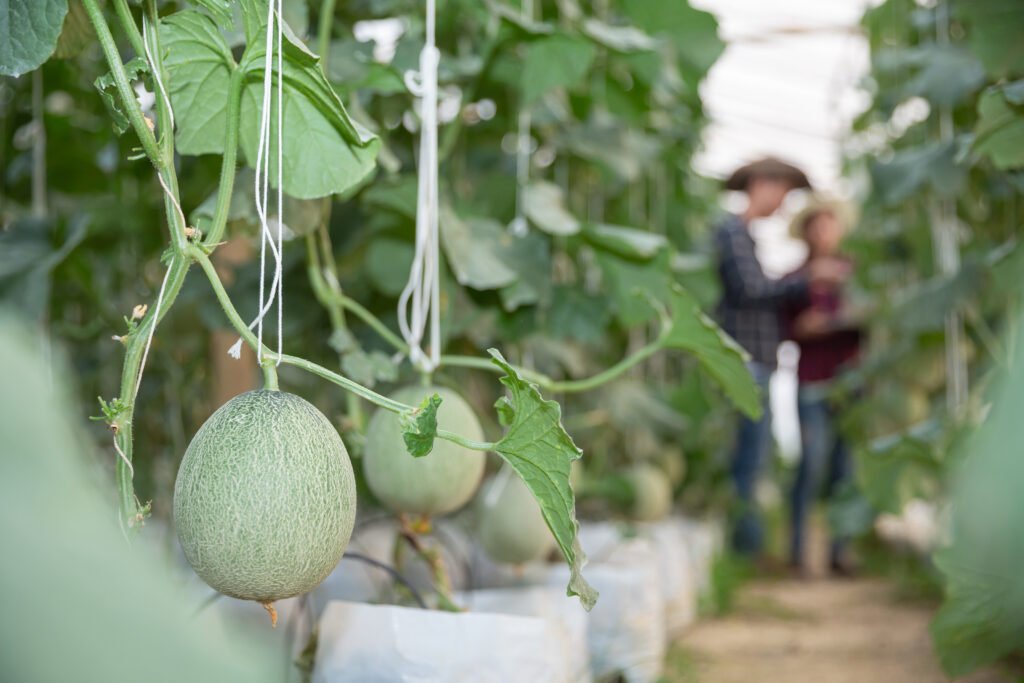
For a juicy harvest, it is important to understand watermelon growing stages to give it the right care at every step of its development.
Watermelons are a quintessential summer treat, loved for their sweet and refreshing flavor. But have you ever wondered about the journey these delicious fruits take from seed to harvest? In this article, we’ll explore the fascinating stages of watermelon growth, from planting the seed to enjoying the juicy, ripe fruit.
1.Seed Germination:

The journey of a watermelon begins with a small seed. To germinate watermelon seeds, plant them in warm, well-drained soil once the danger of frost has passed. Keep the soil consistently moist and ensure the seeds receive plenty of sunlight. Germination typically occurs within 7-10 days, with tiny seedlings emerging from the soil.
2.Seedling Stage:
As the seedlings grow, they develop their first set of true leaves and begin to establish their root systems. Provide adequate water and sunlight to support healthy growth during this stage. It’s essential to protect young seedlings from pests and diseases, so monitor them closely and take preventive measures as needed.
3.Vine Growth and Development:
Watermelon plants are known for their vigorous vine growth. As the seedlings mature, they’ll begin to produce long, sprawling vines that spread across the garden. Provide support for the vines, such as trellises or stakes, to keep them off the ground and prevent damage to the fruit.

4.Flowering Stage:
Around 2-4 weeks after planting, watermelon plants will begin to produce flowers. These flowers are essential for pollination, as they contain both male and female reproductive organs. Bees and other pollinators play a crucial role in transferring pollen between flowers, resulting in the formation of fruit.

5.Fruit Development:
Once pollination occurs, tiny watermelon fruits begin to form at the base of the female flowers. These fruits start out small and green but gradually grow larger and develop their characteristic striped or mottled patterns. It’s essential to provide consistent moisture and nutrients to support healthy fruit development.

6.Ripening Stage:
As watermelons mature, they undergo changes in color, texture, and sweetness. Monitor the fruits closely and look for signs of ripeness, such as a dull, thumping sound when tapped, and a yellowish spot on the underside where the melon rested on the ground. Harvest watermelons at their peak of ripeness for the best flavor and sweetness.
7.Harvesting and Enjoying:
Harvest watermelons by cutting them from the vine with a sharp knife or shears, leaving a few inches of stem attached. Handle the fruits carefully to avoid bruising or damaging the delicate flesh. Once harvested, watermelons can be enjoyed fresh, sliced, or in a variety of delicious recipes, making them the perfect summer treat.
From humble seed to sweet, juicy fruit, the journey of a watermelon is a testament to the wonders of nature. By understanding the stages of watermelon growth, you can better appreciate the time, care, and effort that goes into producing these summertime favorites. So, whether you’re growing watermelons in your backyard garden or enjoying them at the peak of ripeness, savor every delicious bite and celebrate the magic of nature’s bounty.
0 Comments